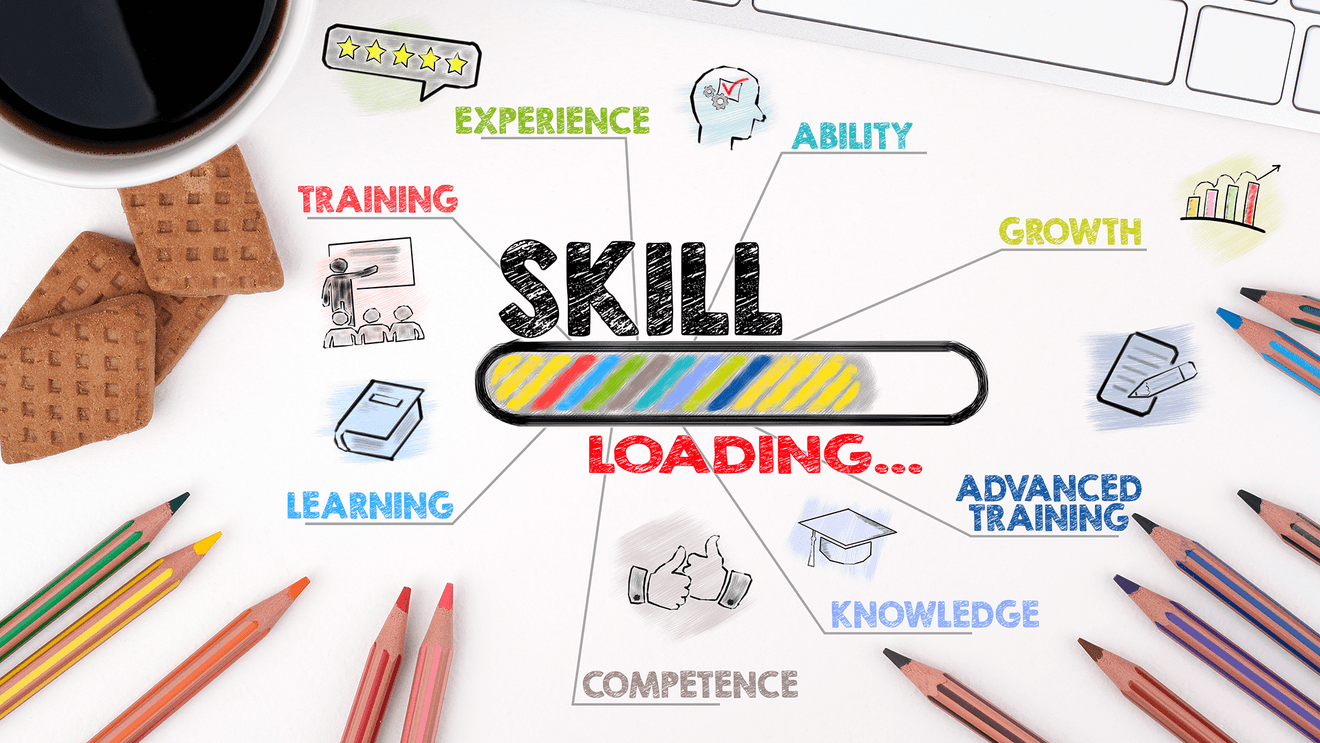The biggest challenge for tech leaders that no one is talking about – assessing skills

Sometimes it feels like a dirty secret no one in tech is really talking about: In the rush to adapt to, develop, and stay ahead of lightning speed advancements in the field, leadership is hyper focused on building, upskilling and training their teams, but the biggest hurdle takes place before someone is even hired – assessing technical skills.
Assessing the technical skills of IT professionals is a critical task for organizations seeking to stay ahead of the curve. However, the process of evaluating tech skills poses unique challenges, from determining the most effective measurement methods to understanding the nuances of different assessment tools. In this blog, we'll explore the complexities of assessing tech skills and discuss strategies for IT leaders to navigate this challenge effectively.
The traditional tech skill validators: Certifications and degrees
One of the primary methods for assessing tech skills is through certifications from major vendors such as CompTIA, Cisco, and Microsoft. These vendors offer standardized assessments that validate an individual's knowledge and skills in specific areas of IT. And while certifications have proven as good a way to validate technical knowledge as a degree, it still invites the age-old dilemma of hiring people who are overqualified (or qualified on paper) but under skilled. One way to avoid that trap is through skill labs.
Measuring skills through labs
When it comes to hands-on labs, there are two main approaches: sandbox and simulation labs.
Sandbox labs provide a live environment where users can experiment freely with different technologies and configurations. This hands-on experience allows individuals to gain practical skills through trial and error, fostering a deeper understanding of IT concepts.
Simulation labs replicate real-world scenarios in a controlled environment, guiding users through predefined tasks and challenges.
If you must choose one version, choose sandbox...
Sandbox labs offer several advantages over simulation labs:
-
They provide a more realistic and immersive learning experience, allowing users to explore technology in a dynamic and interactive environment.
-
This hands-on approach fosters creativity and innovation, enabling individuals to develop practical skills that are directly applicable to their roles.
-
Additionally, sandbox labs encourage experimentation and problem-solving, empowering users to tackle complex challenges with confidence. By providing a safe and supportive space for exploration, sandbox labs help cultivate a culture of continuous learning and skill development within organizations.
Need more options?
Here are five alternative ways to measure the technical skills of employees:
-
Peer Reviews and 360-Degree Feedback: Collect feedback from colleagues, supervisors, and subordinates regarding an employee's technical proficiency and performance in real-world scenarios.
-
Technical Interviews and Problem-Solving Sessions: Conduct in-depth technical interviews where employees are asked to solve problems or explain technical concepts, demonstrating their knowledge and thought process.
-
Code Reviews and Contributions to Projects: Evaluate the quality of an employee's code through peer code reviews and assess their contributions to ongoing projects or open-source initiatives.
-
Technical Presentations and Knowledge Sharing: Observe employees as they present technical topics, conduct training sessions, or share knowledge within the team, which can demonstrate their depth of understanding and communication skills.
-
Hands-on Projects and Real-world Assignments: Assign specific, relevant projects or tasks that require technical skills. Assess the outcomes, approach, and efficiency in completing these assignments.


